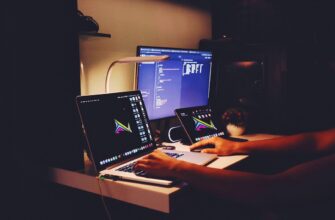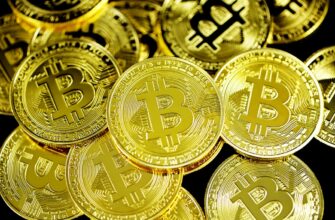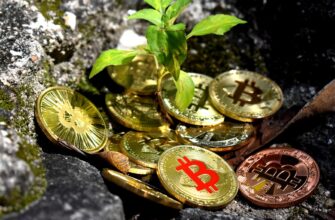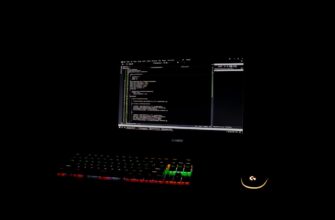Contents
- Introduction to Cryptocurrency and Blockchain Technology Lab Manuals
- Setting Up Your Blockchain Lab Environment
- Basic Blockchain and Cryptocurrency Lab Experiments
- 1. Creating a Cryptocurrency Wallet
- 2. Executing a Blockchain Transaction
- 3. Writing a Simple Smart Contract
- Advanced Blockchain Lab Projects
- 1. Building a Proof-of-Work Blockchain
- 2. Developing a Decentralized Finance (DeFi) Prototype
- 3. Exploring NFTs
- Best Practices for Blockchain Lab Sessions
- FAQ: Cryptocurrency and Blockchain Lab Manuals
Introduction to Cryptocurrency and Blockchain Technology Lab Manuals
A lab manual for cryptocurrency and blockchain technology serves as a structured guide for students, developers, and enthusiasts to gain practical experience in this transformative field. Unlike theoretical coursework, a lab manual focuses on hands-on experiments, coding exercises, and real-world simulations to deepen understanding of blockchain protocols, smart contracts, decentralized applications (dApps), and cryptocurrency transactions. This article provides a roadmap for creating or using a lab manual tailored to blockchain and crypto technologies.
Setting Up Your Blockchain Lab Environment
Before diving into experiments, set up a functional lab environment:
- Software Requirements: Install tools like Remix IDE (for Solidity), Ganache (local blockchain), MetaMask (wallet), and Truffle Suite (development framework).
- Hardware: A mid-range computer with 8GB+ RAM and reliable internet suffices for most tasks.
- Testnets: Use Ethereum’s Ropsten or Binance Smart Chain testnet to practice transactions without real funds.
Basic Blockchain and Cryptocurrency Lab Experiments
Start with foundational exercises to build core skills:
1. Creating a Cryptocurrency Wallet
- Generate a wallet using MetaMask or command-line tools.
- Practice securing private keys and seed phrases.
2. Executing a Blockchain Transaction
- Send testnet crypto between wallets.
- Analyze transaction hashes on block explorers like Etherscan.
3. Writing a Simple Smart Contract
- Code a “Hello World” contract in Solidity.
- Deploy it to a testnet using Remix IDE.
Advanced Blockchain Lab Projects
Once basics are mastered, tackle complex projects:
1. Building a Proof-of-Work Blockchain
- Create a minimal blockchain with Python or JavaScript.
- Implement mining and consensus algorithms.
2. Developing a Decentralized Finance (DeFi) Prototype
- Design a lending/borrowing dApp.
- Integrate oracles for real-world data.
3. Exploring NFTs
- Mint a non-fungible token (NFT) using ERC-721 standards.
- List it on a testnet marketplace like OpenSea.
Best Practices for Blockchain Lab Sessions
- Security First: Never use real funds in experiments.
- Documentation: Record code, errors, and solutions systematically.
- Collaboration: Use Git for version control and team projects.
FAQ: Cryptocurrency and Blockchain Lab Manuals
- Q: Do I need prior coding experience?
A: Basic programming knowledge (Python/JavaScript) is recommended but not mandatory. - Q: What tools are essential for a blockchain lab?
A: MetaMask, Remix IDE, Truffle, and a testnet faucet are critical starters. - Q: How does this lab manual help my career?
A: Hands-on blockchain skills are in high demand for roles in Web3 development, cybersecurity, and fintech. - Q: Are there risks in blockchain experiments?
A: Testnets eliminate financial risks, but always secure private keys to prevent mock asset loss.








